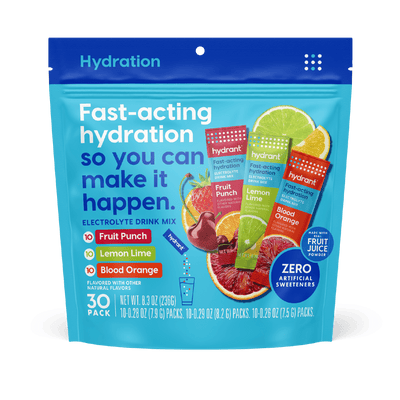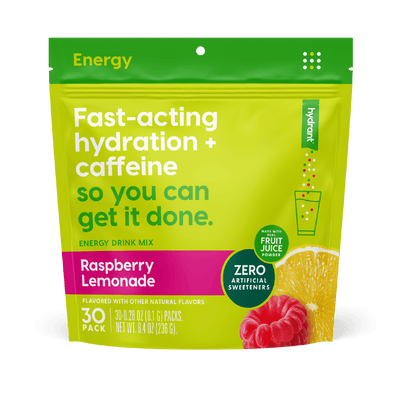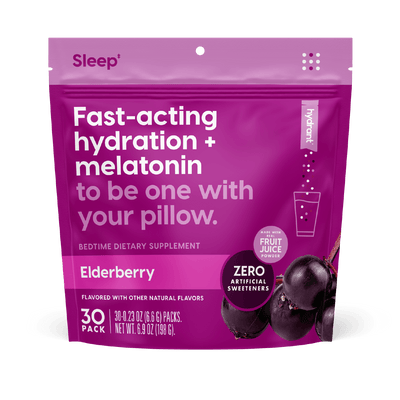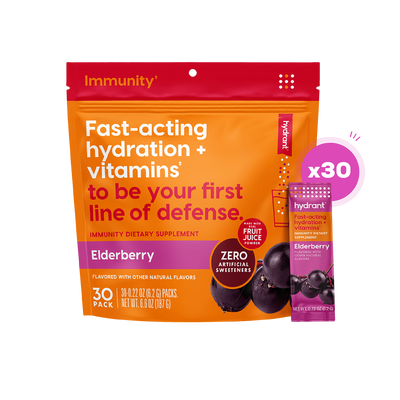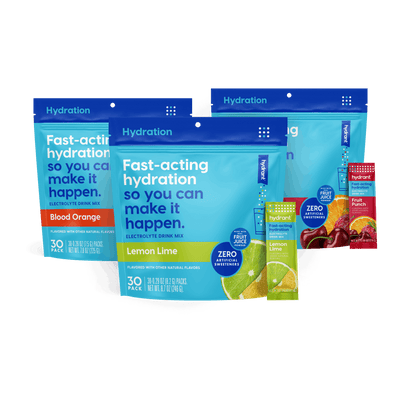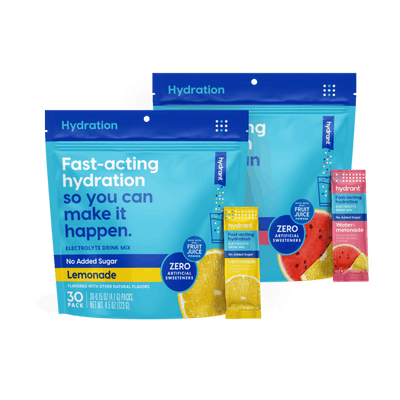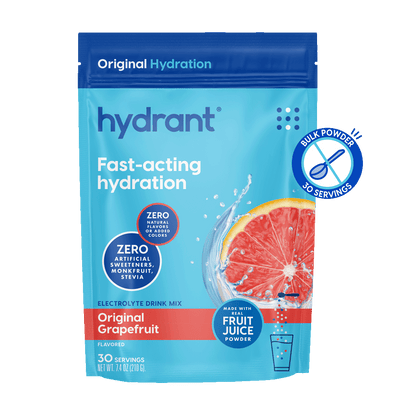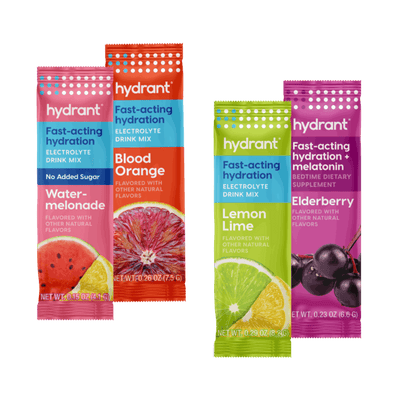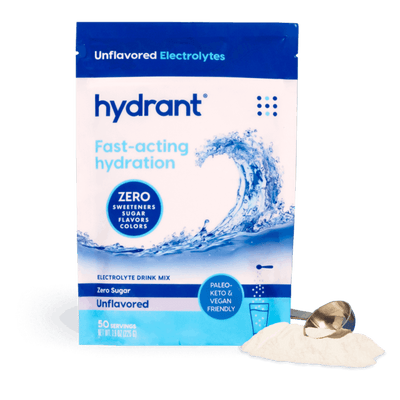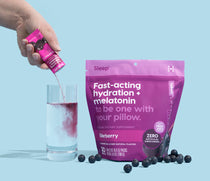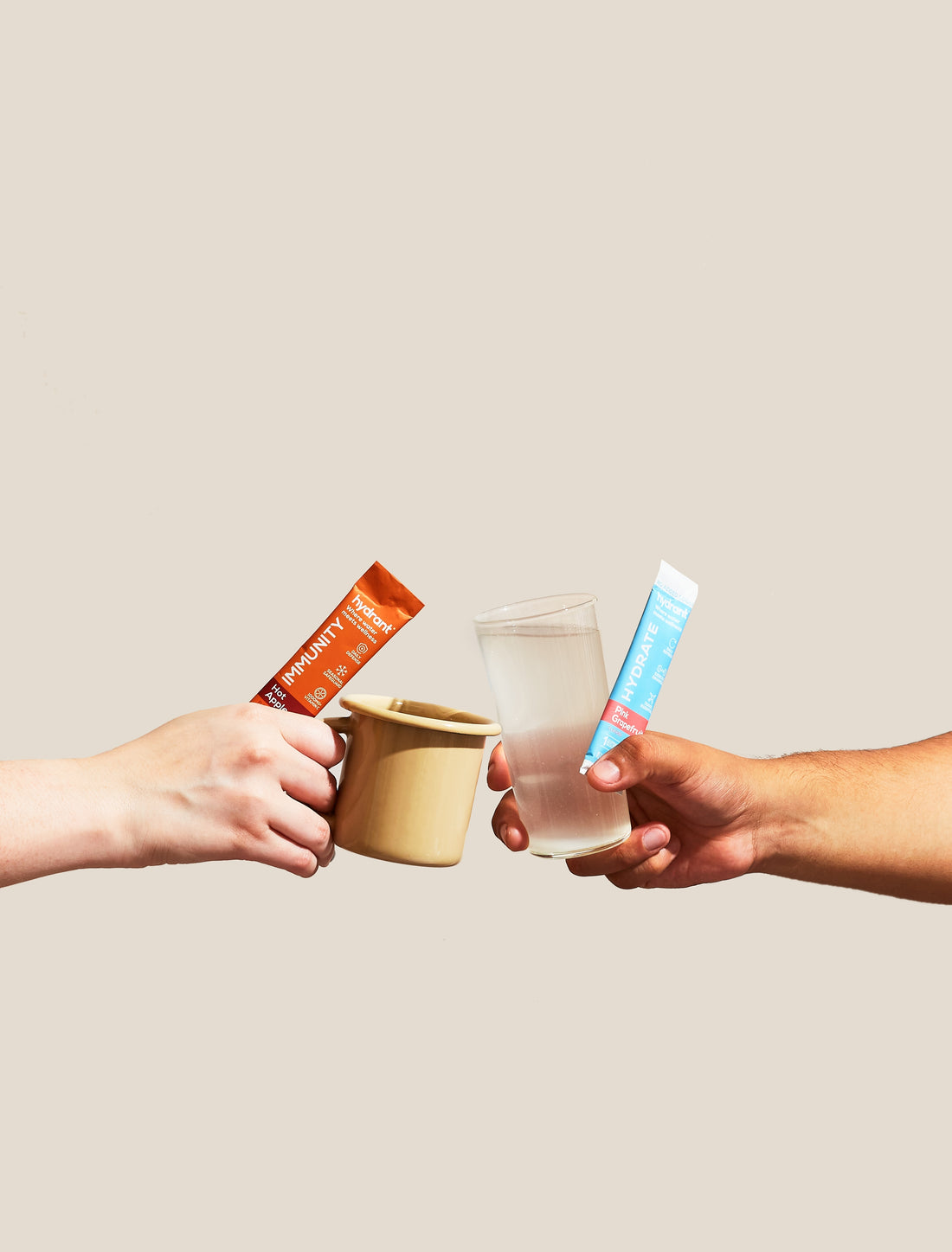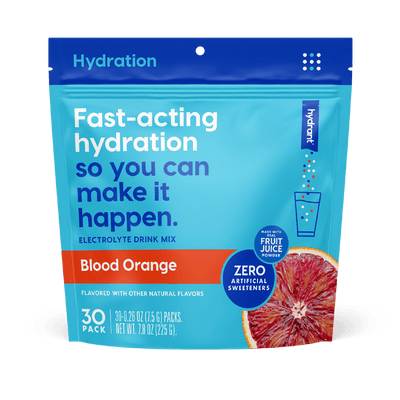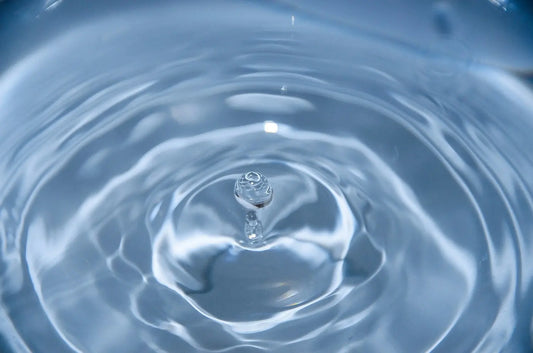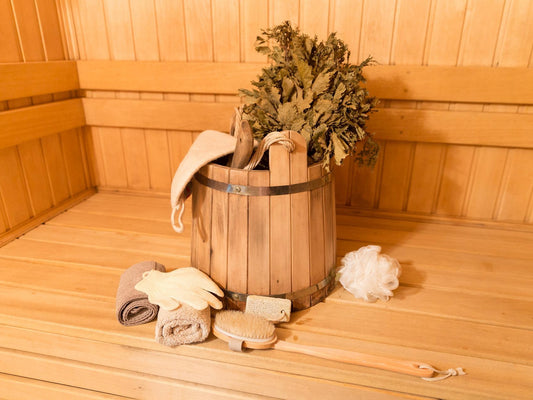Motorcycle riding is one of the world’s most celebrated outdoor activities. Feeling the open air as you ride and enjoy the scenery around you is an essential component of what keeps motorcyclists coming back for more.
Every motorcycle enthusiast will agree that the prime riding months are Spring and Summer, as warm weather offers a more comfortable riding experience. While Spring and Summer months provide ideal climates for people to enjoy their motorcycles, warm weather poses a higher risk for riders experiencing dehydration. Regardless of season, it’s always important to keep in mind hydration when hitting the open road.
 Our goal in writing this article is to:
Our goal in writing this article is to:
- Provide helpful tips to avoid dehydration when riding
- Discuss what occurs during dehydration
- Elaborate on how dehydration can endanger motorcyclists
Tips to Avoid Dehydration While Riding a Motorcycle
The tips we list below are provided to help make staying hydrated when riding your motorcycle a manageable task. Maintaining your hydration at an optimal level allows you to make the most out of your motorcycle riding experience.
Tip #1: Plan Extra for Long-Distance Trips
Are you planning a cross country or interstate motorcycle trip? Your motorcycle riding route can still be considered long-distance if you're staying within your state. The more hours you ride, more likely it is that you could experience symptoms of dehydration.
Evaluating your long-distance route for stop-off points to rest and hydrate is a great starting point. Think through time estimates for how long it'll take to complete your long-distance journey as you can mark certain times of your ride for breaks.
The thrilling nature of riding a motorcycle makes it easy to lose track of time when riding, but it’s always important to keep an eye out on the clock so you can take scheduled breaks and maintain hydration.
Tip #2: Don’t Chug Water Before a Ride
Downing tons of water before you ride your motorcycle won’t sufficiently prep you for your ride.
Why?
First, drinking tons of water before you ride your motorcycle can increase the likelihood of stomach cramping. Secondly, it takes about 30 minutes for the water to reach your muscles, so choosing to consume large quantities of water minutes before a ride may result in your being dehydrated for the early portion of the route.[i] Instead, focus on sipping water consistently leading up to your ride to keep yourself hydrated.
Tip #3: Utilize Water-Dispensing Units

Water-dispensing units are one of the best tools a motorcycle rider can use. Consider using a sustainable, insulated water bottle or a hydration pack like a Camelbak. The advantages of both allow for easy access to water during the ride either when stopping for a break or as a hands-free alternative.
Part of what might make hydrating while riding a motorcycle unappealing is the idea of having to pull over and take time to sip water. A hydration backpack’s hands-free nature allows riders to get more out of their day as the storage device in the backpack stores plenty of water. You’ll even be able to take sips through your helmet. One bonus tip—consider filling either your hydration pack or water bottle with 50% ice before your journey, so as it melts you’ll continue to have cool water during hotter rides.
Tip #4: Drink Plenty of Water Even When It’s Cold
Cold weather can result in your body's thirst mechanism being less active, leading you to believe you're hydrated when you're not. Just because you don’t “feel” thirsty, doesn’t mean you aren’t dehydrated.
Dehydration could occur without feelings of thirst being present, and it’s important to stay ahead of any dehydration symptoms and be proactive with rehydrating.[i]
Tip #5: Consume Some Salt
Most of the body’s sweat is sodium, and if not replenished, can lead to dehydration. If you’re sweating during a ride, you’ll need to replenish this electrolyte via some salt consumption. Electrolyte drink mixes (like Hydrant!) are a great option to help replenish these fluids and keep you hydrated.
Tip #6: Drink Hydrant
We touched on the idea that drinking 6 cups of water back-to-back probably isn't the best thing to do before a ride. Still, we know that motorcyclists are looking for ways to rapidly hydrate and maintain their hydration so they can continue riding.
Our electrolyte drink mixes contain the ideal balance of electrolytes and sugar to rapidly hydrate its users when mixed with water. All of our products contain real fruit juice powder and never contain synthetic colors, artificial sweeteners, or stevia.[ii]
If you want a boost to help you go the extra mile on your rides, check out our ENERGY line, which still contains the balanced electrolyte boost needed for hydration plus 100mg of caffeine and 200mg of L-theanine for sustained energy. [iii]
To get more from your water (especially if you add Hydrant), it’s important for us to evaluate what occurs during dehydration so we can understand why taking proper precautions to stay hydrated while riding is so essential.
What Occurs During Dehydration?
Dehydration occurs when our bodies lose more water than we’re taking in.[iv] Water isn’t the only thing lost in our bodies during dehydration as levels of essential salts such as electrolytes also diminish. Two-thirds of our bodies are composed of water, so it's easy to see how upset water levels can have negative consequences.[iv]
Specific groups are at an elevated risk of experiencing dehydration. Infants, the elderly, athletes, and people with pre-existing health conditions are prime examples of groups with a potential for an elevated risk of dehydration.[v]
Knowing the signs and symptoms of dehydration like dizziness, dry mouth, headaches, mental fog, and even in extreme cases, fainting, can help you take control of your hydration routine. When not treated, especially in warmer months, there’s a risk for experiencing more severe heat-related illnesses.
Heat-Related Illnesses
The most common heat-related illnesses from least to most deadly are:[vi]
- Heat rash
- Heat cramps
- Heat exhaustion
- Heatstroke
Heat Rash
Heat rash occurs when heat can't correctly evaporate from the skin. Hot work environments are common culprits when it comes to heat rash occurrences. You can identify heat rash by looking for clusters of red bumps on your skin, specifically in the arms, legs, or abdomen. If you recognize signs of heat rash, move to a cooler environment and do your best to keep the affected area dry.vi
Heat Cramps
Heat cramps are known to create painful muscle spasms that tend to occur in people's arms, legs, and abdomen. You can treat heat cramps by resting for a few hours within a cool area and consuming hydrating fluids.[vi]
While heat rash and heat cramps are nothing to turn a blind eye to, heat exhaustion is a more severe condition that can require medical attention.
Heat Exhaustion
Signs of heat exhaustion include:vi
- Dizziness
- Fatigue
- Thirst
- Rapid heartbeat
- Nausea
- Heavy sweating
- Headache
- Moist skin
Similar to heat rash and heat cramps, people suffering from heat exhaustion should be moved to a cool environment with chilled, hydrating beverages to consume. Icepacks are a great way to lower body temperatures in people suffering from heat exhaustion.
Medical intervention is necessary when heat exhaustion symptoms don’t improve over a one-hour treatment period. People experiencing heat exhaustion should halt all physical and work-related activities for at least a day.[vi]
Before we get into how your motorcycle riding can be hindered by dehydration, we will take a look at heatstroke, the most severe heat-related illness.
Heat Stroke
Heatstroke usually occurs when heat exhaustion isn't adequately treated. Death or internal organ damage can occur if heatstroke patients are not properly tended to.
Below is a list of common heatstroke symptoms:
- Fainting
- Confusion
- Red or hot skin
- Dry or sweaty skin
- High body temperature
The first step in supporting a heat stroke recovery is to call 911. While you’re waiting for medical assistance to arrive, move the person experiencing a heat stroke to a cool environment, remove unnecessary clothing, and apply cold air and an ice pack.
It's important to regularly ingest hydrating fluids, even if you don't feel like it. Thirst is a common sign of dehydration, but dehydration can begin to creep in even if feelings of thirst are not present.
As we can see through the above heat-related illnesses, dehydration can negatively affects the body’s ability to perform optimally. More specifically, here’s how your motorcycle riding could be affected by dehydration.
How Dehydration Can Affect Motorcyclists
You may be surprised to hear that motorcyclists are at an increased risk for experiencing dehydration.
Why?
One reason is that asphalt absorbs heat, so hot days result in trapped heat rising and raising the person riding's body temperature. Combine asphalt heat with a motorcyclist riding through the warm wind on a hot day, and it's easy to see how a rider's body temperature can rise and lead to dehydration.[vii]
Motorcycle riders may feel inclined to shed extra clothing layers while riding to experience more airflow and lower their body temperatures. Even though riders will feel more air on their skin, the new problem of sunlight eliminating moisture from your skin arises.[vii]
Heat cramps may seem minor, but sudden on-set heat cramps can cause discomfort and a lessened ability to control a bike. Once heat exhaustion sets in, coordination can decrease even more and heighten the likelihood of an accident occurring. Having coordination negatively impacted and possibly crashing is a scary thought. The idea of fainting and having an accident is equally frightening.

Motorcycle Riding vs. Traditional Driving
It’s important to highlight the distinction between riding in an automobile and driving a car. Riding a motorcycle requires more skill as you’re balancing on two wheels and less protected than in a car. The higher amount of skill it takes to operate motorcycles justifies the importance of hydration to maintain coordinative abilities.
We touched on how dehydration while riding a motorcycle sets in more rapidly when riding during warm weather, but we didn't discuss how heatwaves can present dangers for riders.
Heat Waves and Motorcycle Riding
A heatwave occurs when temperatures exist above the historical averages for the area for a day or more.[viii]Do you best to evaluate if a heatwave is occurring soon by keeping an eye out on the weather forecast. Checking the heat index is a reliable way to prepare as heat index's take both humidity and air temperatures into account.[ix] The warmest daily temperatures occur in the late afternoon, usually around 3:00 pm, so riding in the morning, evening, or night is a great way to beat the heat.
If you're riding your motorcycle in a heatwave, try to avoid or limit alcohol consumption the night before, as we mentioned that alcoholic beverages have a dehydrating effect. Hydrate plenty before you hop on your bike to get yourself started on the right foot.
You don't have to drink seven cups of water before you start riding. Feel free to break up your water consumption throughout the morning before riding. Hydrating through smaller, more regular amounts of liquid will help lessen the likelihood of you having to stop to use the restroom.
Certain food types cause your body to produce more urine than it normally does, which can accelerate dehydration.[x] Foods that accelerate dehydration contain higher amounts of refined sugar and carbs, so it helps to be mindful of what you're eating before and during a ride.
At the end of the day, riding a motorcycle is all about the freedom of the open road. To get the most out of your rides, make sure to keep your hydration levels topped up so you can focus not on feeling dehydration, but instead, the journey ahead.
